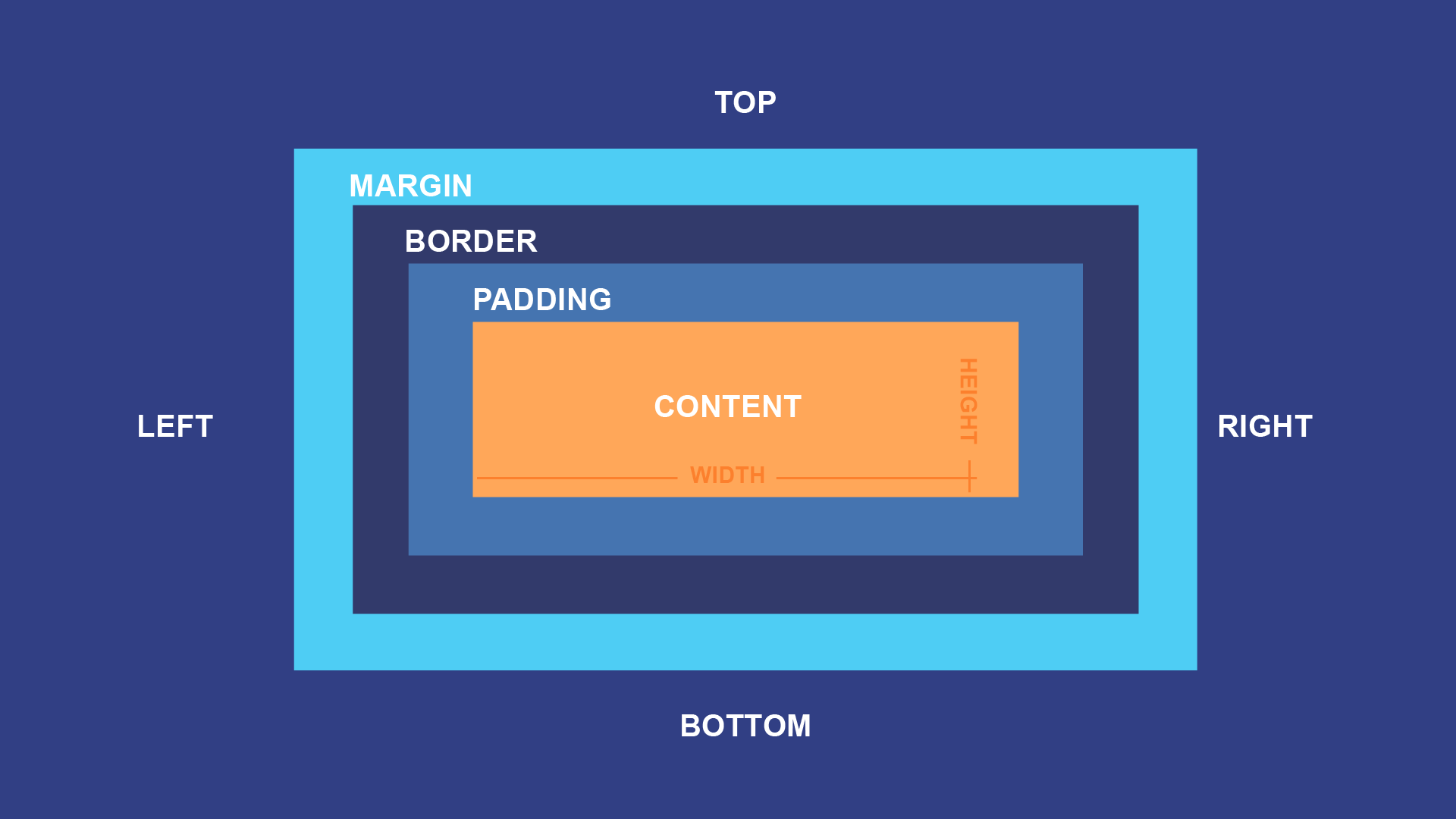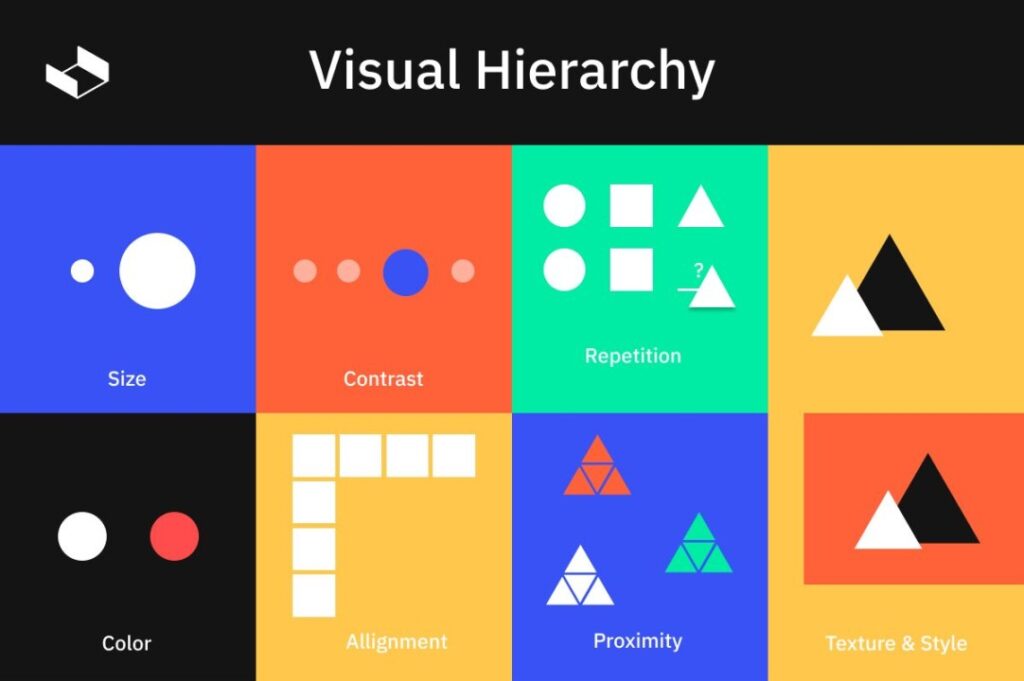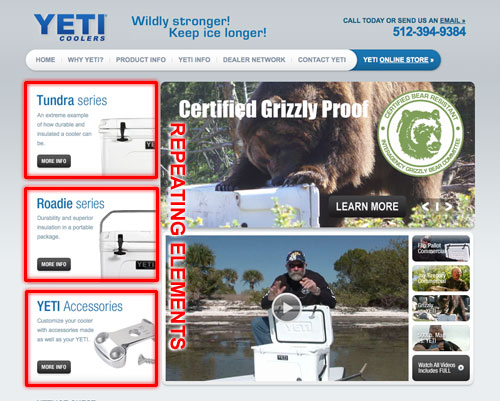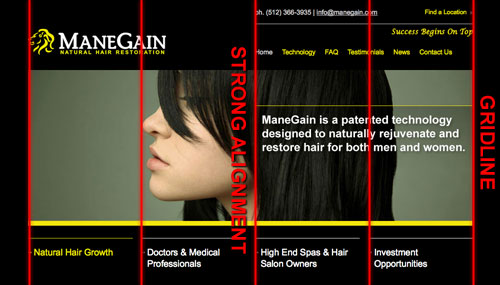Design Principles and Responsiveness
Janyl Jumadinova
February 3, 2025
Usability
- Usability: Measure of effectiveness
- Visual design is important in shaping user experience.
Universal Usability
- Accessibility (WAI)
- Usability
- Universal Design
Visual Hierarchy: Core Concepts
- Importance of ordering and arranging elements to guide attention.
- Techniques: size, color, contrast, and spacing.
![Visual Hierarchy Example]()
Visual Hierarchy: Practical Tips
- Keep key elements larger or bolder.
- Use whitespace to help users focus.
- Group related items together using proximity.
- Prioritize content based on importance and context.
- More details at Web Style Guide: Chapter 2.
Color Theory
- Basics of color relationships and contrast.
- Accessibility considerations (e.g., color-blind palettes).
- Use high contrast for readability and usability.
- Create color schemes with complementary and analogous colors.
- Use color meaning to evoke emotion or direct attention.
![Color Wheel and Theory]()
Typography Fundamentals
- Font selection, spacing, and line height.
- Readability across devices.
- Use clear and legible fonts for better accessibility.
- Adjust line height and spacing for comfortable reading.
- Avoid using too many font types to ensure consistency.
- Opt for responsive typography that scales well on different screen sizes.
CRAP Principles
- Contrast: Differentiate elements for clarity.
- Repetition: Maintain consistency in design.
- Alignment: Position elements deliberately.
- Proximity: Group related items together.
Examples of CRAP in Action
![]()
C ![]()
R ![]()
A
Balancing Aesthetics and Usability
- Combine visual hierarchy, color theory, and typography.
- Keep CRAP principles in mind to maintain clarity.
- Ensure accessibility is not overlooked for aesthetic choices.
Responsive Web Design
- Ensures websites adapt to different screen sizes
- Improves user experience on all devices
- Uses flexible layouts, images, and media queries
Key Concepts
Fluid Grids
- Use percentage-based widths instead of fixed pixels
Flexible Images
max-width: 100%; height: auto;
Media Queries
Apply styles based on screen size:
What is CSS?
- CSS (Cascading Style Sheets) is used to style and layout HTML elements.
- It controls colors, fonts, spacing, positioning, and responsiveness.
- Works alongside HTML:
- HTML provides structure.
- CSS provides style and layout.
- HTML provides structure.
How CSS is Applied
- Inline CSS (
styleattribute in an element). - Internal CSS (
<style>tag in<head>). - External CSS (linked
.cssfile).
The CSS Box Model
Every HTML element is a rectangular box with four key parts:
- Content: The actual text, image, or element.
- Padding: Space between content and border.
- Border: The outline around the padding and content.
- Margin: Space outside the border, affecting separation from other elements.
The CSS Box Model

box-sizingaffects how the width/height of elements is calculated:content-box(default): Width excludes padding and border.border-box: Width includes padding and border.
CSS Units
- Absolute:
px(fixed size) - Relative:
em,rem(based on font size),%(relative to parent) - Viewport-based:
vh,vw(based on screen size)
Margin Collapse
- When two vertical margins meet, the larger one takes effect instead of stacking.
- Fixes: Add
padding,border, oroverflow: hiddento elements.
Overflow Handling
- What happens when content exceeds its container?
visible(default): Content spills out.hidden: Content is clipped.scroll: Adds a scrollbar.auto: Scrollbar appears if needed.
Web Design




